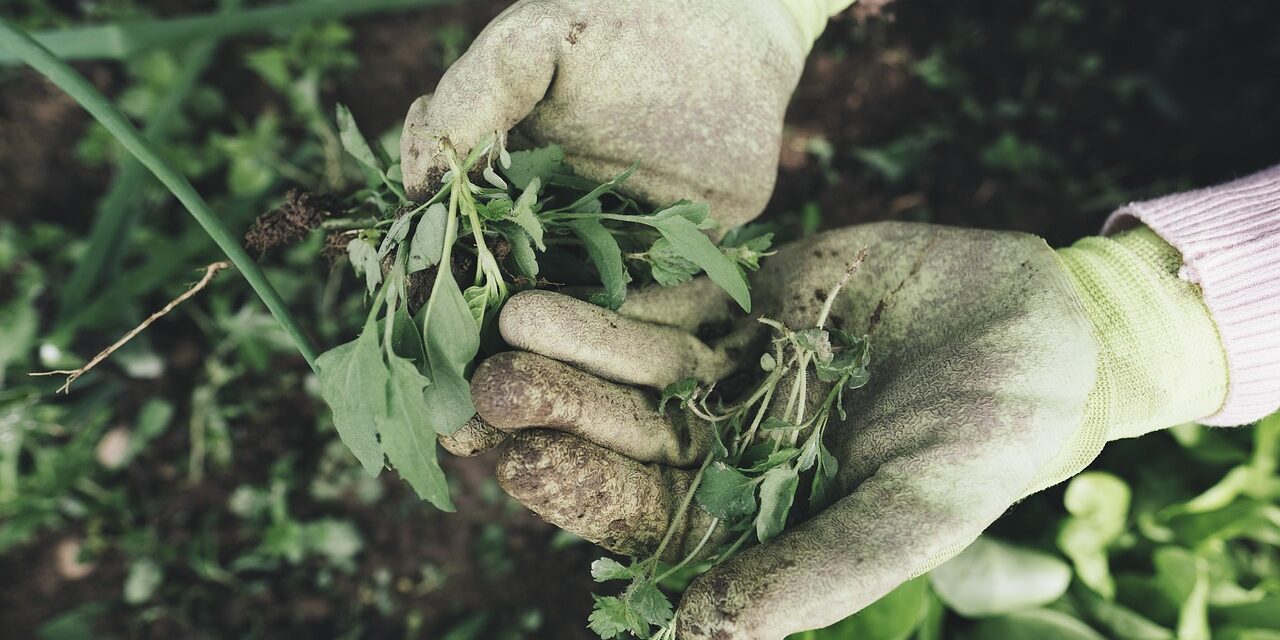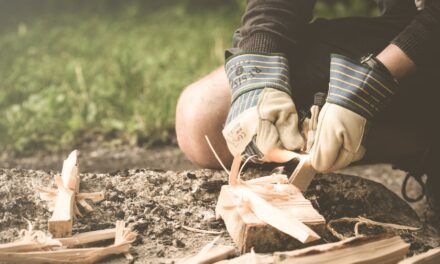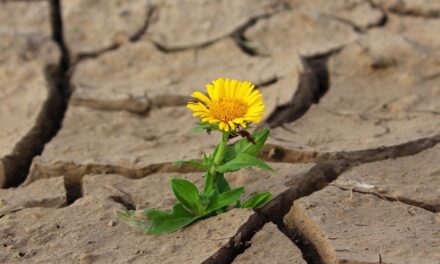In an increasingly unpredictable world, the ability to grow your own food is more than just a hobby—it’s a key component of survival. Gardening for survival isn’t just about planting seeds; it’s about creating a sustainable, self-sufficient lifestyle that can weather any storm. Whether you’re preparing for natural disasters, economic uncertainties, or just seeking to reduce your reliance on commercial food systems, understanding the basics of survival gardening is essential.
This comprehensive guide dives into the art and science of growing your own food, tailored specifically for survival situations. We’ll explore how to start a survival garden, select the right crops, and manage your garden to ensure a reliable food source. This isn’t just about growing food; it’s about cultivating resilience, independence, and a deep connection to the land.
For those new to gardening or seasoned green thumbs, these tips are designed to help you create a productive, sustainable garden. From choosing the right location and soil to selecting plants that provide maximum nutritional value and yield, every step is crucial in building a garden that sustains you and your family.
As we embark on this journey, remember that gardening for survival is a learning process. Mistakes are inevitable, but each one is an opportunity to grow. Let’s begin by laying the groundwork for a thriving survival garden.
Choosing the Right Location and Preparing the Soil
The first step in establishing a survival garden is selecting the right location. A spot with adequate sunlight, easy access to water, and protection from harsh winds is ideal. Consider the direction of sunlight, as most vegetable crops require at least six hours of direct sunlight daily. Additionally, proximity to your living area is essential for easy maintenance and protection against pests and wildlife.
Soil quality is paramount. Survival gardening often involves improving the soil over time. Start by testing the soil pH and nutrient levels, as these factors significantly influence plant growth. You can adjust the soil using organic matter like compost, which enriches the soil and improves its structure, thereby enhancing water retention and aeration.
Selecting Suitable Crops for Maximum Yield
Your choice of crops should be influenced by your nutritional needs, local climate, and the ease of growing. Opt for a mix of vegetables, herbs, and fruits to ensure a balanced diet. Staples like potatoes, beans, and squash are high-yield and calorie-dense, making them excellent choices for survival gardens. Leafy greens, such as spinach and kale, provide essential vitamins and minerals and grow quickly.
Consider the growing season and climate in your area. Some crops are more tolerant of cold or heat than others. Utilize companion planting, where certain plant combinations support each other’s growth and help deter pests naturally.
Water Management and Pest Control
Efficient water management is critical, especially in survival scenarios where water might be scarce. Techniques like drip irrigation, mulching, and rainwater harvesting can maximize water use efficiency. It’s also essential to understand the watering needs of each crop to avoid over or under-watering.
Pest control in a survival garden should be approached organically. Chemical pesticides are not only harmful to the environment but may not be available in survival situations. Natural methods such as introducing beneficial insects, using barriers, and planting pest-repelling plants can effectively manage pests.
Sustainability and Adaptability
Survival gardening is about long-term sustainability. Practice crop rotation to maintain soil health and reduce pest and disease build-up. Save seeds from your crops for future planting, ensuring a continuous food supply. Adaptability is also key; be ready to modify your gardening practices in response to changing conditions and learn from each season.
Key Takeaways for Successful Survival Gardening
Survival gardening is a proactive approach to ensure food security in uncertain times. This practice is not just about growing food; it’s about developing a sustainable, self-sufficient lifestyle that can withstand various challenges. Here are the key takeaways from our exploration of survival gardening:
- Location and Soil Preparation: Choose a sunny, protected location close to your living area and focus on building healthy soil through organic amendments.
- Crop Selection: Grow a variety of crops to meet nutritional needs, focusing on high-yield and nutrient-rich plants. Pay attention to your local climate and seasons.
- Water Management: Implement efficient water use strategies like drip irrigation and mulching, and consider setting up a rainwater harvesting system.
- Organic Pest Control: Use natural pest control methods, including companion planting, barriers, and beneficial insects.
- Sustainability Practices: Engage in practices like crop rotation, seed saving, and adapting to changing conditions to ensure the longevity and resilience of your garden.
Embracing a Sustainable Future
As we face global challenges like climate change and resource depletion, the significance of survival gardening becomes increasingly apparent. It empowers individuals and communities to take control of their food sources, reduces dependence on commercial agriculture, and fosters a deeper connection with the environment.
Survival gardening goes beyond just planting seeds; it’s about nurturing a mindset of resilience, sustainability, and adaptability. By embracing these principles, we can cultivate not only gardens but also a more sustainable and resilient future for ourselves and the generations to come.








